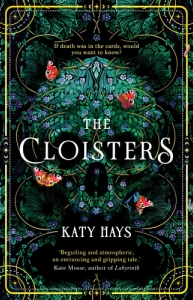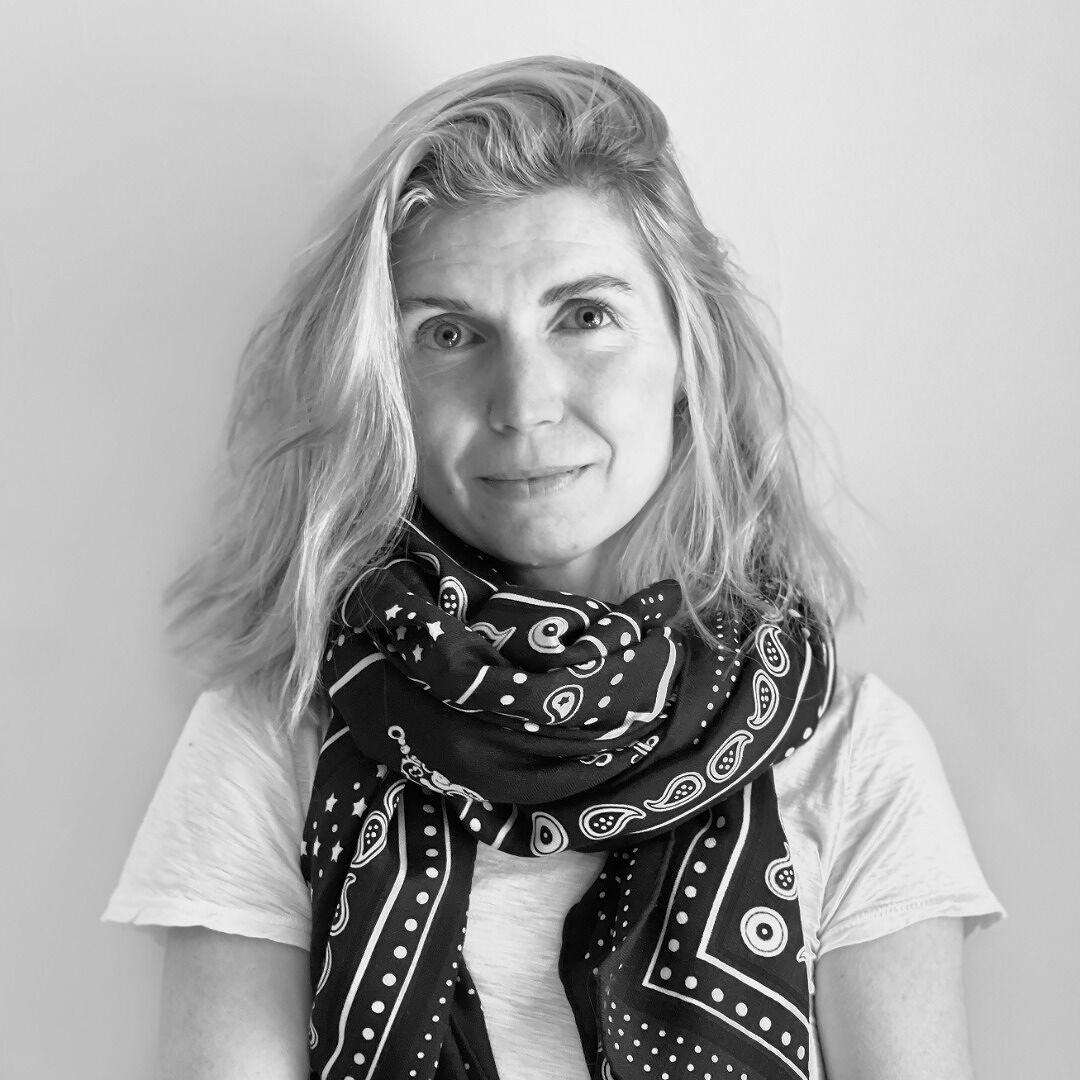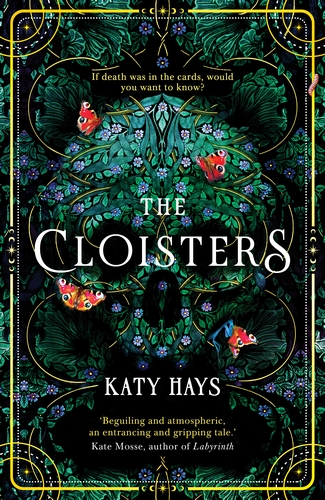
The discovery of a mysterious deck of tarot cards lays bare shocking secrets within a close-knit circle of researchers at New York's famed Met Cloisters museum in Katy Hays breakout novel, The Cloisters. Katy chats here about women as seers, her favourite character in the book and what we are capable of believing.
Rachel thinks women are better at telling the future than men, but not because of their intuition. Instead, she observes that it’s because women can see new patterns better than men and cites the example of women being society’s weavers – “All we’re doing is weaving together a life. Trying to see where the different threads take us.” Do you agree with her? If so, why?
I find this such an interesting bit of dialogue because historically, yes, women have been the seers, the weavers, the fates, the oracles, and the mystics. I also think there is so much overlap between the way many cultures and civilisations thought about cloth – as a way to tell communal stories, as a way to signal identity and family connections – and the mystical, divinatory rolaes women have occupied in society. Women are talented seers – whether they’re using that sight to weave visual patterns or to see into the future for themselves and their families.
Your novel revolves around a handful of superbly portrayed, strong, motivated characters – do you have a favourite character, and why?
That would be like picking a favourite child! But if I’m forced to choose … the answer would be Leo. There’s something about his lawlessness that I wish I could model in my own life. And there’s something terribly romantic about the idea of an aspiring playwright working as a gardener in one of the most beautiful gardens in Manhattan!
How has your own experience working in museums and academia helped or influenced your writing?
Graduate-level humanities work is excellent training for the aspiring novelist! In fact, I think I first found my written voice in my academic work. While the audience is smaller for academic writing, many faculty are truly talented writers. And they have to be! It’s a difficult skill: finding a new and engaging way to tell a story about something many people are already familiar with, or, making the dark and dusty corners of your discipline seem dramatic and worthwhile. So much of the success of academic work comes down to writing and storytelling.
“Astrology, tarot, manifesting, crystals, and so on, all seem to be filling a need for spiritual connection.”
 Once in The Cloisters and the company of Rachel, Patrick and Leo, Ann is seduced by the world of obsession: have you ever found yourself in a situation where the environment and people you meet are so absorbing that you feel like you are losing yourself?
Once in The Cloisters and the company of Rachel, Patrick and Leo, Ann is seduced by the world of obsession: have you ever found yourself in a situation where the environment and people you meet are so absorbing that you feel like you are losing yourself?
I’m an academic! Yes! Absolutely! Graduate work in a discipline is built on the concept that you are so obsessed with a topic (and often a select group of faculty) that you are willing to sublimate yourself and your needs for years. And most of us do it happily! (At least at the beginning.) I think that’s why stories of obsession are so often found in academic settings; academics can be single-minded. University campuses, too, are places that allow us to reinvent ourselves, to forget who we were when we arrived. I want to believe The Cloisters could have the same power for Ann.
As a writer, which authors and which books have influenced you (if any)?
I have always had a penchant for gothic books. When I graduated from children’s’ books to adult books (there was no YA category back then to bridge the gap) I started reading Victoria Holt and Daphne du Maurier novels. Both writers were (and still are!) hugely formative to my writing. As a reader, I’m always eager to be transported somewhere new – give me a crumbling mansion, a Bavarian hunting lodge, a Renaissance chateau in the Loire. I certainly acquired my love of atmosphere from both du Maurier and Holt.
Both tarot and astrology seem to be playing an increasingly significant role in today’s discourse – it seems like everyone knows their rising sign or has tarot deck! Was this a surprise to you? Why do you think this might be? How do those contemporary practices relate to the historic practices you touch on in The Cloisters? Are they different? Similar?
I’m interested in the question, ‘What are we capable of believing?’ And from my point of view, both tarot and astrology have very long, vibrant histories. So, it’s unsurprising to me that both have emerged as major players in contemporary spiritual discourse. Moreover, there’s a significant amount of overlap between the imagery used on tarot cards and the traditional Greco-Roman depictions of the horoscope and its ruling planets. Certainly, we’re living in a period of widespread, secular spirituality. Astrology, tarot, manifesting, crystals, and so on, all seem to be filling a need for spiritual connection. Perhaps that’s due to the diminished role organised religion is playing in certain geographies and communities, or perhaps it’s a natural, centuries-long drive.
Did the researching and writing of The Cloisters change your attitude towards divination?
I want to believe in divination. But I’ve still yet to find myself in a situation where divinatory practices seem credible. Maybe I just haven’t met the right tarot card reader yet!
The Cloisters is out now.
YOU MAY ALSO ENJOY
Q&A with We All Want Impossible Things Author, Catherine Newman









